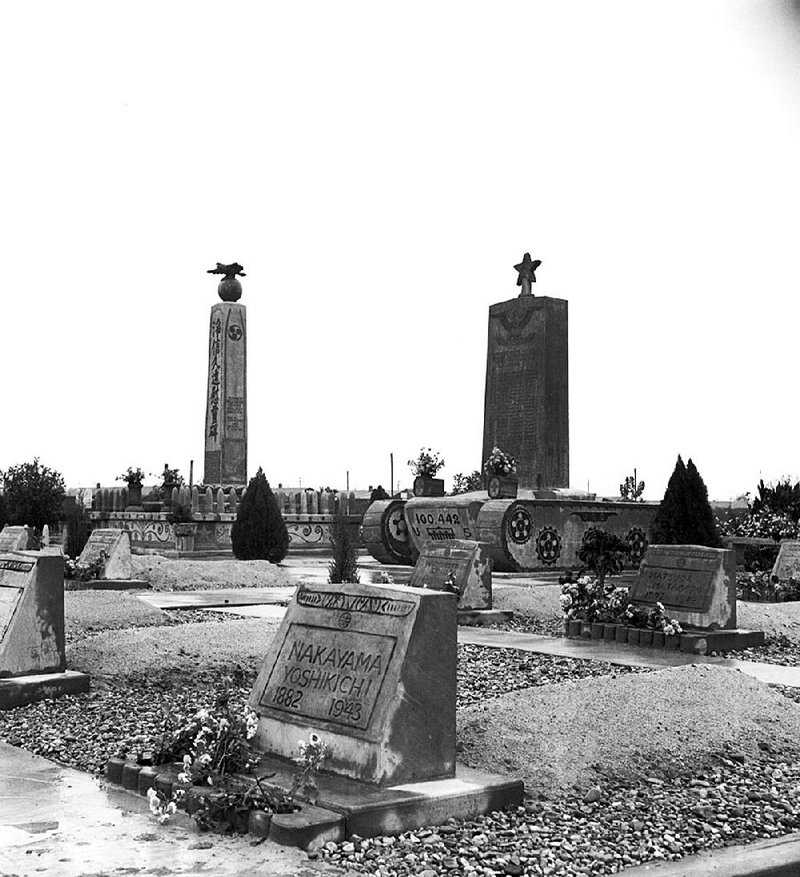Art and history collide at the Butler Center for Arkansas Studies on Friday with the unveiling of the second exhibition of a four-part series of photographs taken at Desha County's Rohwer Relocation Center, one of two interment camps in Arkansas for Japanese-Americans during World War II.
"The Art of Injustice," a collection of photos taken at the camp by Paul Faris, a professor at Hendrix College at the time, will be on display at the gallery until Dec. 30.
“The Art of Injustice: Paul Faris’ Photographs of Japanese American Incarceration”
7 p.m. Friday reception, Butler Center, 401 President Clinton Ave., Little Rock. Exhibit open through Dec. 30.
Hours: 9 a.m.-6 p.m. Monday-Saturday.
Admission: free
(501) 918-3033
"Just the mere existence of these camps is news to a lot of people," says David Stricklin, director of the Butler Center. "So how are kids supposed to learn about it if grown-ups don't know?"
In addition to the photos are more than 100 documents and pieces of art created in the camps, which interpreter Kim Sanders says is gravely important information.
"In addition to that ... we have art supply lists, letters back and forth between camp officials, autobiographies," Sanders says. "It is really just priceless information. There are a lot of documents in addition to this artwork. They feed off of each other."
The exhibit is curated by Sarah Wilkerson Freeman. She is a history professor at Arkansas State University and worked for four years with Paul Faris' son, Tim, and daughter, Mary Ann Thurmond, to put the exhibit together.
"He didn't know what to do with his dad's photographs," Freeman says. "To me, they were interesting as a historian. But they also had the most urgency in terms of the need for the public to see them and the need for research to understand what these photographs show us."
Freeman will speak at the show's opening reception at 7 p.m. Friday.
"Some people have just no knowledge that this happened and this policy was executed against noncriminals," Freeman says. "This happened based on their racial and ethnic heritage. For some people, it seems so impossible that they don't even want to believe it."
The Butler Center operates under the Central Arkansas Library System. It received a grant from the National Park Service to present the four-part exhibition.
"It is the intersection of art and history," Stricklin says.
Sanders noted the bravery of the camp's survivors, which she says shows in the photos and the pieces of art they made.
"One of the things that I try to emphasize is that people made a community and made a home for themselves, and they made the best of it," Sanders says. "You can see that through the art they created. They endured it with grace and dignity, and made the best of a really bad situation."
Weekend on 08/10/2017
